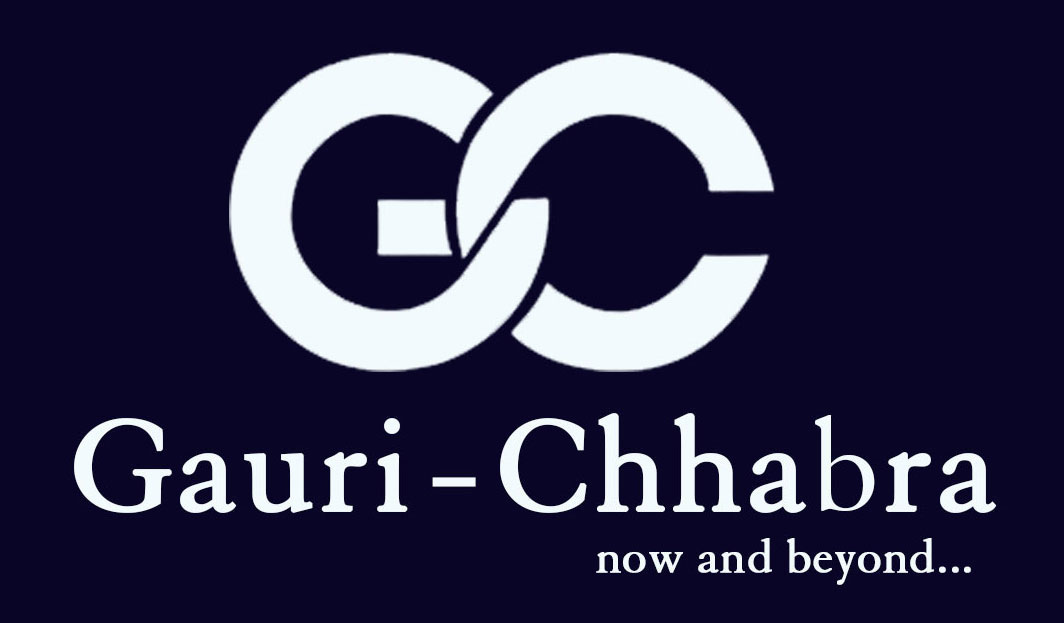About GPAT
GRADUATE PHARMACY APTITUDE TEST (GPAT) is a national level entrance examination for entry into M. Pharm programmes. Till 2018, it was conducted by the All India Council for Technical Education (AICTE) every year as per the directions of the Ministry of Human Resource Development (MHRD), Government of India.GPAT 2020 Eligibility Criteria
A candidate becomes eligible to apply and appear for the entrance examination in order to seek admission to various courses of M. Pharm, only when they comply with the eligibility criteria of GPAT 2020. So one should know the GPAT 2020 eligibility criteria as provided below:| Nationality | Indian |
| Age | No Bar |
| Qualifying examination |
|
| Who is not Qualified | Candidates with a degree in B.Tech (Pharmaceutical and Fine Chemical Technology) are not to be considered eligible. |
GPAT Important Dates
As NTA has already amended the GPAT important dates and is now going to conduct the exam on January 28, the dates have been provided below.
| Events | Dates |
|---|---|
| Commencement of Applications for GPAT 2020 | November 1, 2019 |
| Last date to fill Application Form | December 10, 2019 (Extended) |
| Availability of Admit Card | December 24, 2019 |
| GPAT 2020 online examination | January 28, 2020 |
| Declaration of GPAT Result 2020 | February 3, 2020 |
Mode of Payment of Fee:
Applicants will have to make the payment of the GPAT 2020 application fee by choosing any of the following two modes-
- Online mode with payment using credit card/debit card/net banking
- Offline mode by paying Cash at any of the designated SBI bank branches
Exam Format:
The GPAT Examination is conducted through online mode. The candidates will take the test on a pre-assigned computer at the test center assigned to them. The time duration is 3 hours and the question paper would comprise 125 questions carrying 500 marks. You would be allotted 4 marks for a correct answer whereas 1 mark would be deducted for each incorrect answer.
GPAT Syllabus:
GPAT syllabus includes topics from the subjects of Pharmacology, Microbiology,Pharmacognosy, Human Anatomy and Physiology, Pharmaceutical Analysis, Clinical Pharmacy and Therapeutics, Pharmaceutical Chemistry, Pharmaceutical Jurisprudence and the like.
Government Pharmacy Colleges in India Accepting GPAT
- Institute of Chemical Technology, Mumbai.
- Government College of Pharmacy, Karad.
- Delhi Institute of Pharmaceutical Sciences and Research, New Delhi.
- Jadavpur University, Kolkata.
- University Institute of Pharmaceutical Sciences, Chandigarh.
- School of Pharmacy Devi Ahilya Vishwavidyalaya, Indore.
- Punjabi University, Patiala
Career Options:
The specialized fields in which pharmacy graduates can forge a flourishing career are nutrition pharmacy, pharmaceutical chemistry, pharmaceutics, cardiovascular pharmaceutics, medicinal chemistry and pharmacology, oncology pharmacy, pharmaceutical analysis, pharmacy practice, psychiatry pharmacy, and nuclear pharmacy.
There are many types of jobs and career paths available to pharmacists.
Retail Pharmacy
Retail pharmacists accurately measure and package prescription medicines for patients to pick up to use at home. Retail pharmacists often alert doctors and patients about possible drug interactions, and can usually suggest alternative medication choices. Pharmacists may educate patients about how to take the medication, which side effects to look for, and how to avoid adverse reactions or drug interactions.
Hospital Pharmacy
A hospital pharmacist prepares medications that will be administered to patients in the emergency room, the hospital ward, the intensive care unit, or who are having surgery. Sometimes, hospital pharmacists work with the patient care team to determine which dose or medication is appropriate, especially for complex situations.
Extended Care Facility
Pharmacists may dispense medication in an extended care facility, nursing home, or rehabilitation setting. Usually, patients in this setting have many long-term health problems and take many medications, so attention to potential drug interactions is crucial.
Nuclear Pharmacist
A nuclear pharmacist prepares radioactive materials that are used for diagnostic tests and therapeutic procedures. Often, in the hospital setting, a specialized pharmacist has this role.
Infusion Center
A pharmacist who staffs an infusion center prepares medications such as chemotherapy and immunosuppressants. Some of these medications may cause serious side effects, requiring caution.
GPAT Model Paper:
Q1. Which of the following ions may be effectively chelated by EDTA?
I. Sodium II. Lithium III. Lead
Options:
A) I only B) III only C) I and II only D) II and III only
Correct Answer: B) III only
Explanation: EDTA (Ethylenediaminetetraacetic acid) effectively chelates heavy metals like lead (Pb²⁺), but not light alkali metals such as sodium (Na⁺) or lithium (Li⁺).
Q2. The term “impalpable” refers to a substance that is:
A) Bad tasting B) Not perceptible to the touch
C) Greasy D) None
Correct Answer: B) Not perceptible to the touch
Explanation: “Impalpable” describes something so fine or small that it cannot be felt by touch.
Q3. Techniques used in the development of “biotechnological drugs” include:
I. Gene splicing II. Preparation of monoclonal antibodies III. Lyophilization
Options:
A) I only B) III only C) I and II only D) II and III only
Correct Answer: C) I and II only
Explanation: Gene splicing and monoclonal antibody production are core biotech processes. Lyophilization is a preservation method, not a development technique.
Q4. Uses for surfactants in pharmaceutical products include:
I. Percutaneous absorption enhancers II. Cleansing agents III. Therapeutic activity
Options:
A) I only B) III only C) I and II only D) I, II, and III
Correct Answer: D) I, II, and III
Explanation: Surfactants are multifunctional—used for drug delivery, cleansing, and sometimes therapeutic purposes.
Q5. High-pressure and airless systems for spraying have a pressure range of:
A) 250–1000 psig B) 400–2000 psig C) 400–3000 psig D) 250–3000 psig
Correct Answer: D) 250–3000 psig
Explanation: Airless spray systems typically operate within this wide pressure range.
Q6. Poorly manufactured tablets may have small pinholes on the surface. This phenomenon is known as:
A) Picking B) Mottling C) Leaching D) Cracking
Correct Answer: A) Picking
Explanation: “Picking” refers to tiny holes or pits on tablets caused by material sticking to punches.
Q7. Creaming is a ______ process:
A) Irreversible B) Reversible C) Difficult D) Both A & C
Correct Answer: B) Reversible
Explanation: Creaming is a temporary separation in emulsions and can be reversed by shaking.
Q8. Hydrolysis of ethyl acetate in acidic and basic mediums follows the order of reaction:
A) I & II Order B) Pseudo-first & II Order C) II & I Order D) Zero and First
Correct Answer: B) Pseudo-first & II Order
Explanation: Acidic hydrolysis behaves as pseudo-first-order; basic as second-order.
Q9. The rate of hydrolysis can be controlled by:
A) Adding buffers B) Complexation C) Removal of water D) Decreasing the solubility
Correct Answer: A) Adding buffers
Explanation: Buffers stabilize pH, thus influencing the hydrolysis rate of sensitive compounds.
Q10. Porosity of a porous powder is defined as:
A) Bulk volume / Void volume
B) Void volume / Bulk volume
C) Void volume / True volume
D) True volume / Bulk volume
Correct Answer: B) Void volume / Bulk volume
Explanation: Porosity is the ratio of void space to the bulk volume of the powder.



